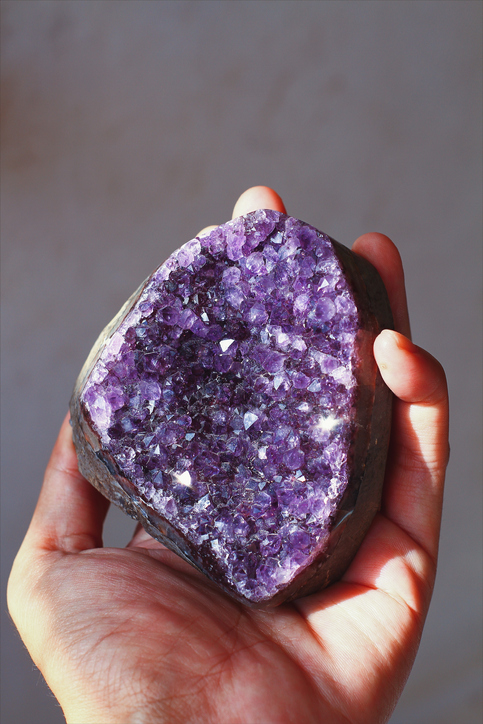
In Choreutics, Laban relates human movement to a dizzying array of subjects – Pythagoras, crystals, Lissajous curves, symmetry, musical semitones, lemniscates, cuboctahedra, the Golden Mean. Consequently, for each reading assignment in the “Decoding Choreutics” course, I provide a written Commentary to help participants understand the wide-ranging relationships Laban mentions.
Dance historian Walter Sorrell claims that Laban was “a voracious reader whose thirst for knowledge embraced everything from religion and philosophy to literature and science.” This is because artistic and scientific circles overlapped to a much greater extent during Laban’s lifetime than is now the case.
Nevertheless, in following some of the subjects touched on in Choreutics, I have found that concerns of the previous century are resurfacing in contemporary studies. Take crystals, for example.
Biocrystals and liquid crystals, discovered respectively in the late 19th and early 20th centuries, blurred the once hard dividing line between inorganic and living matter and introduced interesting philosophical speculations with which Laban was obviously familiar.
Recent developments in crystallography have reinvigorated these questions, giving new relevance to Laban’s observations about the geometry of human movement.
Find out more in “Decoding Laban’s Masterpiece, Choreutics,” beginning March 7.
